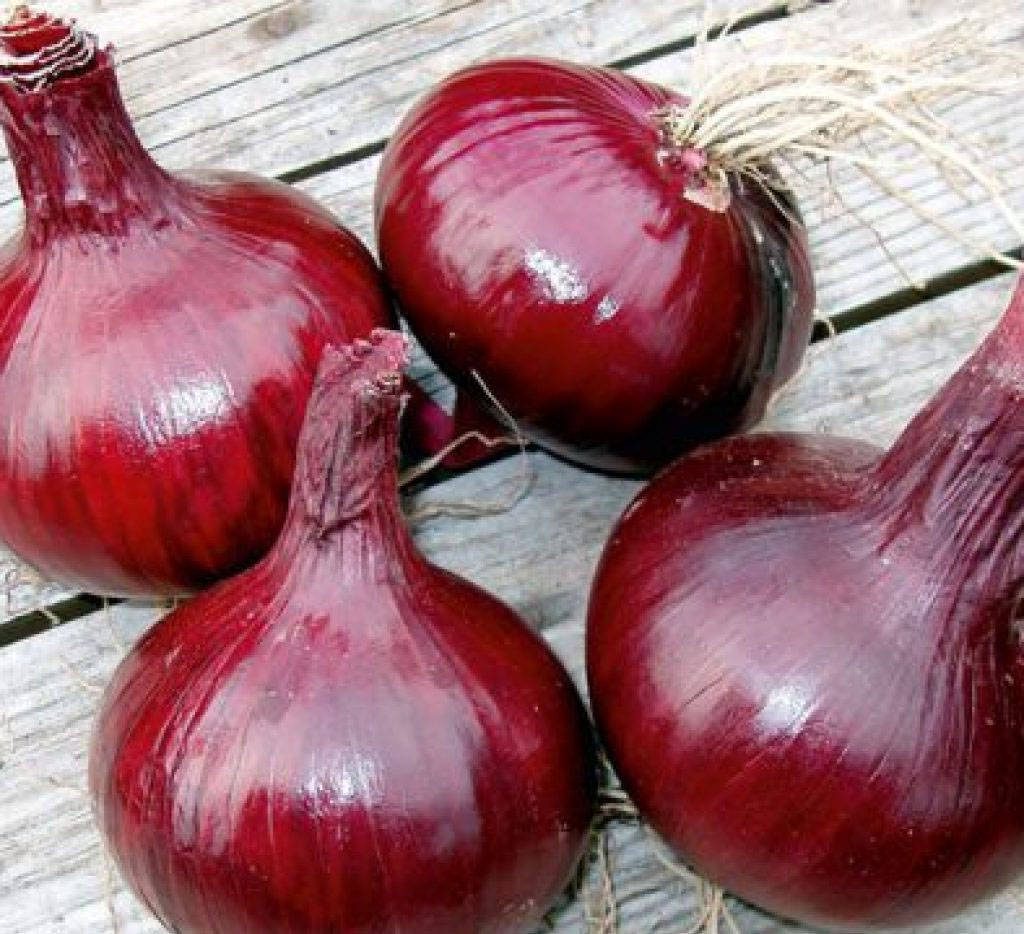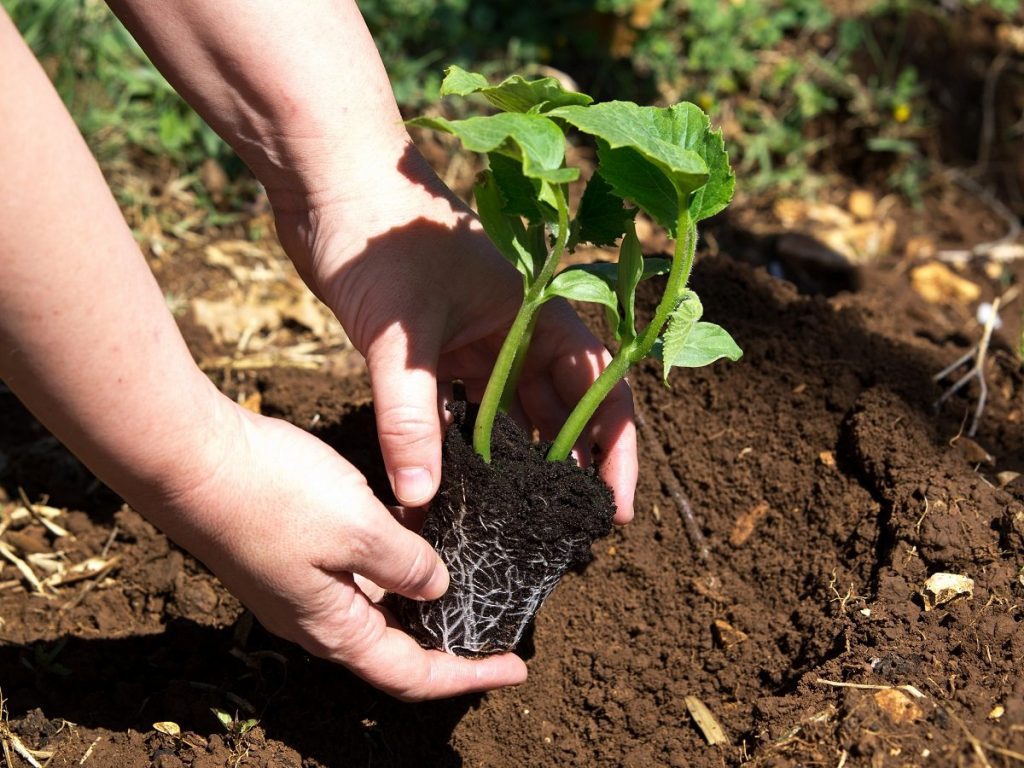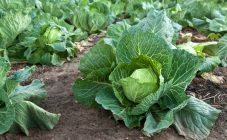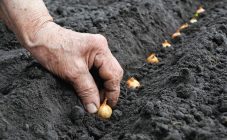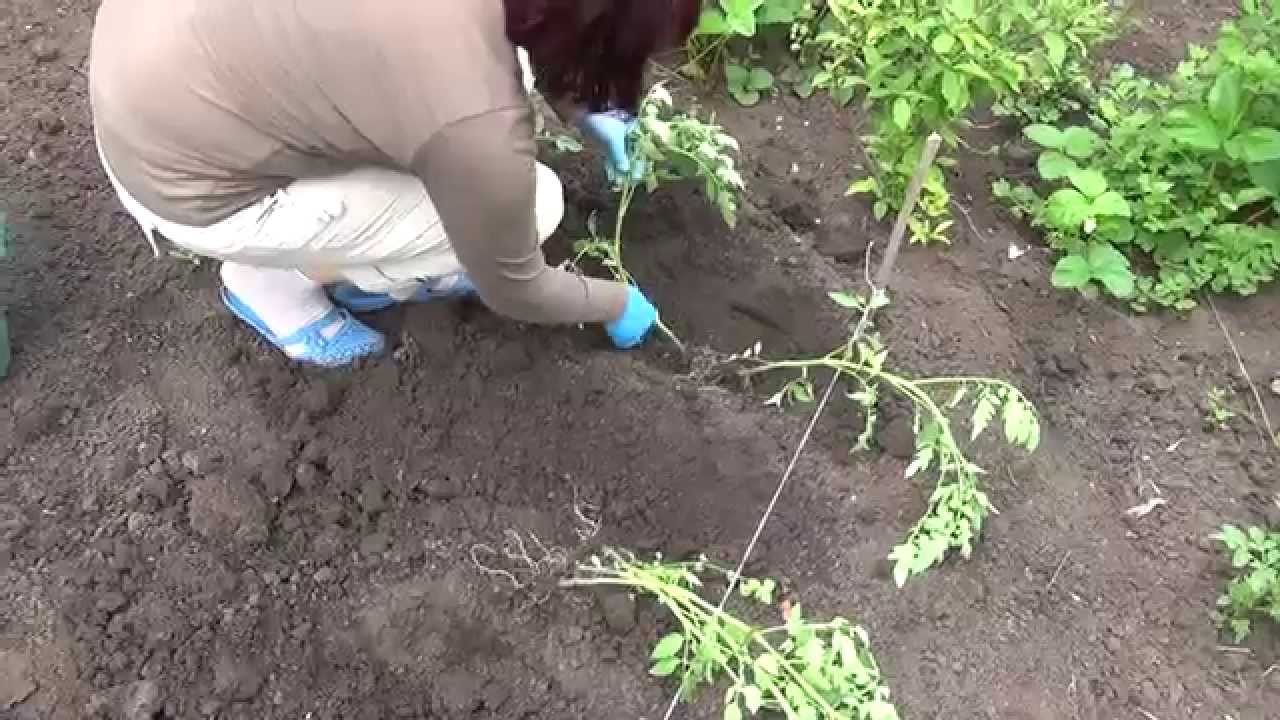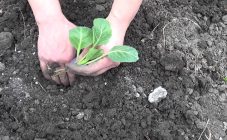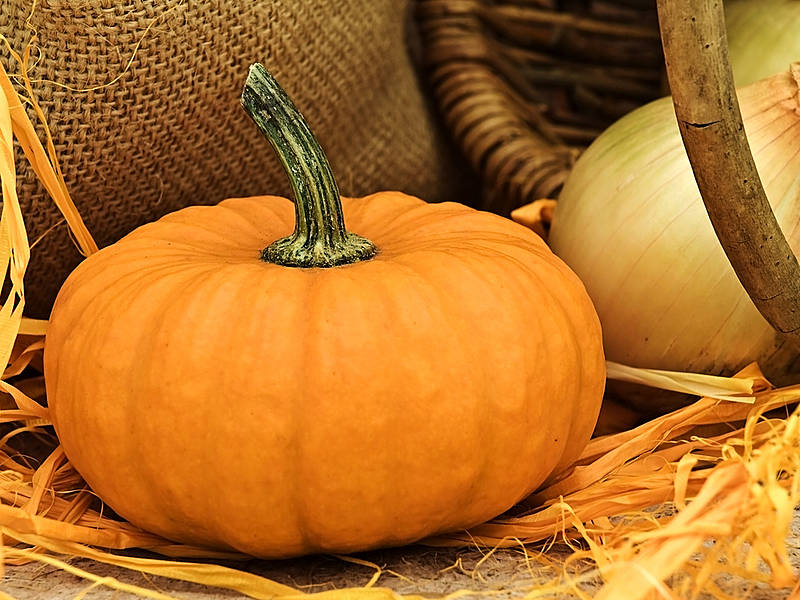Content:
Onions will grow in good quality and healthy if you correctly determine the sowing days, referring to the lunar calendar. In 2019, a favorable period for growing onions and leeks in greenhouse conditions is January 12, 13, 17, the second half of February. When to plant onion seedlings in open ground depends on the climatic zone of the Russian Federation: in the middle lane, in northern latitude - in May, 2-3 months after sowing. During this period, you should adhere to the basic rules for caring for seedlings.
Suitable varieties
The guaranteed way to grow a turnip from seeds in one season is seedling. When sowing directly into the soil, the bulbs reach their minimum volumes. Sevki (heads) are used for a green feather or turnip. Small or too large planting material is suitable for green beds, and medium-sized seedlings contribute to the formation of high-quality onions for storage and consumption.
For the seedling method, sweet, semi-sharp varieties of hybrids, early onions, medium ripening are suitable:
- Candy F1 is an early onion hybrid. Salad, sweet, tastes like the Yalta variety, but differs in more tender, juicy pulp. The weight of one head is 100 ... 300 g;
- Heroic strength is an early, stale vegetable with a fruit weight of 100-500 g;
- Chalcedony is a mid-season variety, pungent in taste, unpretentious in cultivation, resistant to unfavorable storage conditions. Productivity - 5 kg / m²;
- Exibition is a medium-late, annual salad variety of Dutch selection. In one season, large bulbs (0.3-0.5 kg) grow with a sweet, without bitterness, taste. Exhibitive is stored for 3-4 months;
- Globo - medium late onion, salad direction. Due to the long growing season, it is planted through seedlings. The key feature of the bulbs is the lack of smell, juicy, sweet, large (400-1000 g) pulp. Not stored for long;
- Danilovsky onion is a mid-season, semi-sharp, lying onion. Many gardeners will certainly plant delicious onions this year, thanks to the medium bitterness, purple color of the tubers. Fruit weight - 150 g.
The list will be supplemented by the weakly sharp bow Amphora, the small-breasted Lyubchik, the rounded-flat Veselka, the mid-season Mavka, the Siberian annual, as well as the Sterling and Stardust hybrids.
Growing onions through seedlings
Processing onion seeds before planting
The seed purchased from supermarkets is treated with a fungicide that does not require soaking. Natural onion sets are small, black in color. People call him Chernushka.
Seeds are prepared for planting as follows:
- stand for 40 minutes in a solution of pink potassium permanganate, washed under a stream of clean water, dried;
- alternate contrasting baths, placing them in water at a temperature of + 50 ° С for 20 minutes, then in cold water for 60 seconds;
- the seeds are fed with the Epin biostimulant, which increases the level of germination, the rate of development, and resistance to negative environments;
- create a moist environment with a cloth / gauze placed in a warm corner (open the seedlings after 1-2 days).
Preparing the soil for planting onions
Plants in infancy need good aeration, a lot of nutrients. The simplest mixture for planting onions with seeds in spring for seedlings is prepared from equal parts of sod soil, humus. Most farmers use crushed compost mixed with soil, vermiculite. Increases the looseness of the soil where onions and coconut fiber will be planted. Additional method: a mixture of black soil, peat, compost, sand in equal proportions. The soil for planting is disinfected from pathogens with potassium permanganate or fungicide, heated in the oven to destroy pest larvae.
When to sow nigella
Onions are sown with seedlings from seeds 45-60 days before planting in the beds. A container 10 cm high is filled with light, nutritious soil, furrowed to a depth of 1 cm. Plant prepared seeds preferably in a tray with a step of 1 cm, sprinkle with soil mixture, compact slightly. After sprinkling with warm water or a growth stimulant solution (Zircon, Epin-Extra) from a spray bottle, the crops are covered with a transparent film and left in a warm place. The optimum temperature for germination is 18-25 ° C. Until seedlings form, the box is kept indoors, then rearranged into the greenhouse, periodically watering, feeding every 2 weeks.
Transferring onion seedlings to open ground
The main signal that allows you to determine when to plant onion seedlings in a permanent place is 3-4 leaves of the plant. The roots of young bulbs are cut, leaving 2 cm. They are dipped in a solution of clay and humus mixed in equal parts. The roots should not bend upwards when planting - adaptation is more difficult. Feathers are also shortened to the top of a young leaf. For onions, the most suitable is loamy, sandy loam soil, fertilized with 6 kg of compost per 1 m² of soil.
What are the most successful planting schemes for leeks, turnips:
- Double row. The gap between the cells is 15 cm. The row spacing is 30 cm;
- Multi-row. The stems are immersed in the ground at a distance of 10 cm, leaving a row spacing of 20 cm.
Effective agricultural techniques will help to get a good harvest of healthy vegetables:
- Sprouted onion seedlings are planted in the open field at the end of the spring frost season, in the second, third decade of May;
- The site should be elevated, well lit, the most successful predecessors are cucumbers with zucchini, cabbage, potatoes;
- According to the rules of crop rotation, a crop is planted in one place for a maximum of 4 years;
- The beds should be planted, fertilized with potassium-phosphorus complexes before winter. The soil is enriched with humus or compost (half a bucket per 1 m²), ash;
- Competent summer residents will plant onion seedlings in moist soil in the evening. The bottom of the furrow should be loose, otherwise the roots will develop slowly, the turnip will not have time to grow;
- The depth of the furrows is 5 cm. The ground should cover the sevok by 2 cm. After deepening the bulb, it will go into the arrow. The turnip will not grow;
- When planting plants in beds, the top layer of the earth is covered with peat or sawdust to prevent freezing and drying out of the soil.
Plants planted in open beds will immediately be vulnerable to the sun, heavy rain, pests, cold, and wind. To facilitate the first days of seedlings in a permanent place, regular watering and protection from the weather with a film will help.
Time for planting seedlings in Siberia
Winter seedlings with a diameter of 1 cm will help to grow onions from seeds in Siberia in one year. Seeds are sown in October. Before frost, 4-5 sheets are formed, the thickness of the neck reaches 5 cm. The seedlings are transplanted in the spring, when the top layer of the earth (8-10 cm) warms up to 8-10 degrees. Experienced farmers are guided by the flowering of crocuses and bird cherry. Many also shift the dates of disembarkation, organizing high warm beds on the site. The special design and filling contributes to an increase in the temperature of the earth by 7-9 degrees, compared to ordinary beds. This allows sowing onions in Irkutsk, summer cottages of the Moscow region with the arrival of May.
Seedling care
Experienced farmers, novice summer residents, grow onions from seeds.As the first shoots appear, forming a loop, the crops are transferred to the greenhouse. Maintain a temperature of 10-12 ºC for 4-5 days, then increase to 16-18ºC during the day, 6-10ºC at night. The hardened seedlings are thinned out, leaving a distance between the shoots of 2-3 cm.
Watering
Irrigate onion seedlings with settled water at room temperature, as soon as the top layer of the soil is weathered. Complete drying of the substrate, excess moisture will damage the fruit.
Fertilizers
Before transplanting a culture into open beds, seedlings should receive at least 2 top dressing with a solution of: superphosphate - 20 g, potassium chloride - 5 g, urea - 10 g, water - 10 l. You can feed chicken droppings diluted in a ratio of 1:10 with eggshells. Exhibichen responds well to a solution of 1 g of nitrate in 1 liter of water.
Backlight
Since the sowing of onions for seedlings with seeds takes place at the end of winter, the seedlings do not have enough lighting. Daylight hours during the cold period of the year are short, and the seedlings need twelve hours of daylight, otherwise they will begin to stretch. To avoid deformation of seedlings from above, at a height of 20-25 cm, an auxiliary light source is equipped - a phytolamp, LED or fluorescent lighting, which, from the moment of emergence of seedlings, should work continuously for a short period of time (3-4 days), then 12 hours / day. ... Generating artificial light with incandescent bulbs will not give the desired results.
Diseases
With proper preparation of seedlings, the risk of crop contamination is reduced. However, when diseases appear in the process of growing onions, the beds are sprayed with Bordeaux solution at intervals of 12-15 days. The onion is suitable for consumption 7 days after the last treatment. A solution of 100 grams copes well with onion fly. table salt in a bucket of water. Rows can be sprinkled with protective agents when the plants reach a height of 7-10 cm. The interval for procedures is 4 days.
Harvesting
Onion cultivation ends when the growth of new feathers stops; old leaves dry up, put on the ground. Harvested in dry weather. The fruits are dried in the open air, then in the home attic (2 weeks). Bulbs with a thin dry neck are well stored.
Simple recommendations for obtaining high-quality onion seedlings will help you plant, process, feed the plants correctly. Good seeds, suitable soil and crates greatly increase the chances of success.
